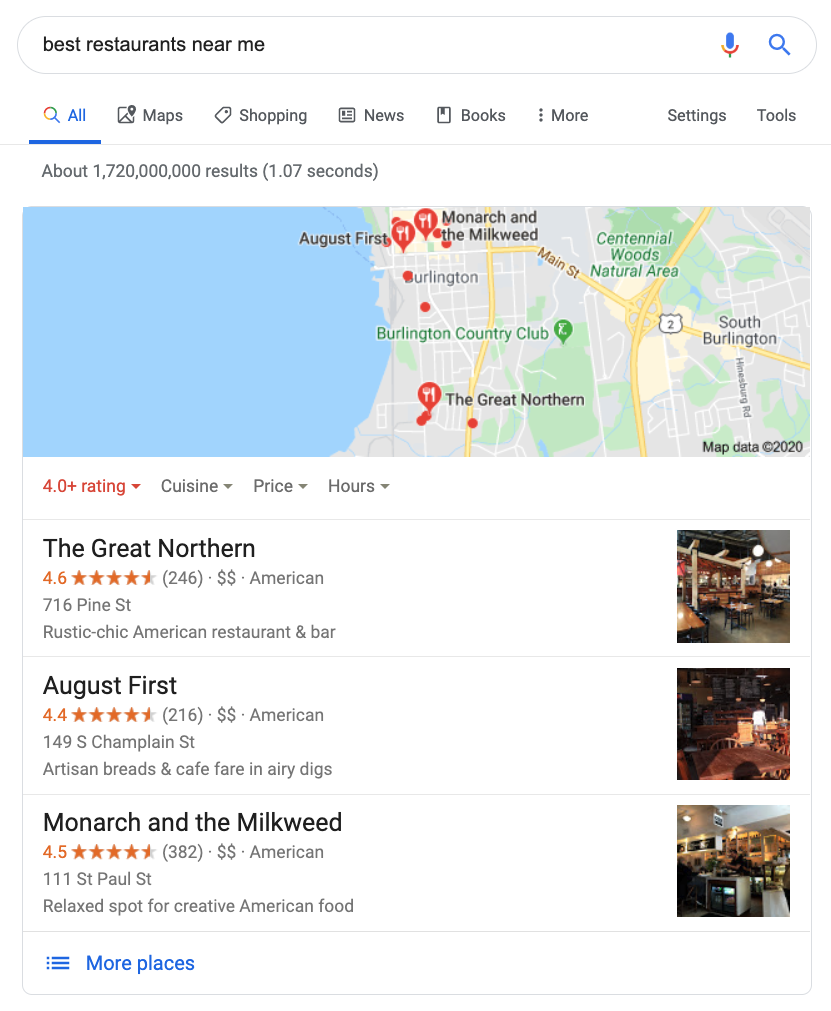How to Prove Injury from a Car Accident: A Comprehensive Guide
If you’ve been injured in a car accident, the burden of proof lies with you. Proving your injuries can be a complex and challenging process, but understanding what evidence to gather and how to present it can make all the difference. Here’s a comprehensive guide to help you build a strong case for your injuries:
Gather Evidence at the Scene
The chaos and confusion of a car accident can make it easy to overlook important details. But the scene holds crucial evidence that can substantiate your injuries. First and foremost, document the scene by taking photos of the damage and any visible injuries you have sustained. This visual record will serve as tangible proof of the extent of the impact and your immediate condition.
Next, obtain witness contact information. Witnesses can provide valuable accounts of the events leading up to and following the crash. Their statements can corroborate your version of events and support your claim for injuries. Don’t hesitate to approach bystanders and request their information.
If possible, exchange contact and insurance information with the other driver(s) involved. This step is not always feasible at the scene, especially if anyone is seriously injured, but it’s important to gather this information as soon as possible.
Finally, jot down notes about the accident while the details are fresh in your mind. Include information such as the time, location, road conditions, and the actions you took before, during, and after the collision. These notes will be helpful when filing your accident report and pursuing your claim.
How to Prove Injury From Car Accident
After a car accident, proving your injuries can be a daunting task. However, by following certain steps, you can increase your chances of success. One of the most important things to do is to seek medical attention immediately. If you wait too long, the insurance company may argue that your injuries are not as severe as you claim or that they were caused by something other than the accident.
Seek Medical Attention
If you are injured in a car accident, it is important to seek medical attention immediately. This will not only help you get the treatment you need, but it will also create a record of your injuries that can be used to support your claim. Even if you do not feel like you are seriously injured, it is still a good idea to see a doctor. Some injuries, such as whiplash, may not show up immediately. By seeking medical attention right away, you can also establish a connection between the accident and your injuries.
Gather Evidence
In addition to seeking medical attention, it is also important to gather evidence to support your claim. This may include taking photographs of the accident scene, getting a copy of the police report, and obtaining witness statements. You should also keep a record of your medical expenses and lost wages. All of this evidence will help you prove the extent of your injuries and the impact they have had on your life.
Hire an Attorney
If you are seriously injured in a car accident, you should consider hiring an attorney. An attorney can help you navigate the legal process and protect your rights. They can also help you gather evidence, negotiate with the insurance company, and represent you in court if necessary. An experienced attorney can make a big difference in the outcome of your case.
Work with Your Doctor
Once you have hired an attorney, it is important to work closely with your doctor. Your doctor can provide medical evidence to support your claim and can also help you develop a treatment plan. By working together, you can increase your chances of a successful outcome.
How to Prove Injury from Car Accident
A car accident can be a traumatic experience, both physically and emotionally. If you’ve been injured in a car accident, you’ll need to take steps to prove your injuries to your insurance company and the other driver’s insurance company. Here are a few tips:
Collect Medical Records
One of the most important things you can do is collect medical records. These records will provide detailed evidence of your injuries and the expenses you’ve incurred as a result of the accident. Be sure to get copies of:
- Medical reports
- Bills
- Treatment plans
Take Photos of Your Injuries
Photos can be another helpful way to document your injuries. Take pictures of any visible injuries, such as cuts, bruises, or swelling. You can also take pictures of the damage to your car.
Get a Doctor’s Note
A doctor’s note can also be helpful in proving your injuries. Your doctor can provide a written statement describing your injuries and the treatment you need.
Keep a Journal
A journal can be a helpful way to track your pain and symptoms. Write down how you’re feeling each day, and note any activities that you’re unable to do because of your injuries.
Talk to Witnesses
If there were any witnesses to the accident, be sure to get their contact information. Witnesses can provide valuable testimony about what they saw and heard.
Don’t Wait to File a Claim
The sooner you file a claim, the better. This will help you get the compensation you deserve for your injuries. Most states have a statute of limitations for filing a personal injury claim, so it’s important to act quickly.
How to Prove Injury From a Car Accident
If you’ve been in a car accident, proving your injuries can be a daunting task. But it’s essential to your recovery and compensation. Here’s how to do it:
Gather Evidence
After an accident, collect as much evidence as possible. This includes:
- Medical records: These document your injuries and treatment.
- Witness statements: Get contact information for anyone who saw the accident.
- Police report: This will provide an official record of what happened.
- Insurance company information: Exchange information with the other driver’s insurance company.
Medical Evaluation
See a doctor as soon as possible after the accident. They’ll examine your injuries and determine the extent of your pain and suffering.
Hire an Attorney
Consider hiring an experienced personal injury attorney to guide you through the process and advocate for your rights. They can help you:
- Negotiate with the insurance company
- File a lawsuit if necessary
- Get you the compensation you deserve
Document Your Pain and Suffering
Keep a journal of your symptoms, including:
- Physical pain: Describe the location, severity, and type of pain.
- Emotional distress: Note any anxiety, depression, or other emotional effects.
- Impairments: Describe how your injuries have affected your daily life.
- Medical expenses: Track all costs associated with your treatment.
Prove Your Damages
To receive compensation, you must prove the damages you’ve suffered as a result of the accident. These include:
- Medical expenses: Past, present, and future costs of treatment.
- Lost income: Wages you’ve lost or will lose due to the accident.
- Pain and suffering: Compensation for your physical and emotional distress.
- Property damage: Costs to repair or replace your vehicle.
Proving your injuries after a car accident can be challenging, but it’s essential for your recovery and compensation. By gathering evidence, seeing a doctor, documenting your pain and suffering, and proving your damages, you can increase your chances of a successful claim.
How to Prove Injury from Car Accident
After a car accident, proving your injuries is crucial for obtaining compensation and holding the responsible party accountable. Here’s a step-by-step guide:
Establish Liability and Fault
Determining who is liable for the accident is essential. Collect evidence such as police reports, witness statements, and vehicle damage assessments. Also, consider factors like traffic laws, road conditions, and driver behavior. Pinpointing fault helps assign responsibility and strengthens your claim.
Document Your Injuries
Thoroughly document your injuries. Seek medical attention promptly and keep detailed medical records, including diagnoses, treatment plans, and follow-up appointments. These records provide objective evidence of your injuries and their severity.
Gather Medical Evidence
Beyond medical records, gather additional medical evidence. This may include X-rays, MRI scans, and other diagnostic tests. These provide visual proof of your injuries, helping to support your claim.
Provide Witness Statements
Witness statements can corroborate your account of the accident and the nature of your injuries. Obtain statements from passengers, bystanders, or anyone who witnessed the incident. Their testimony can bolster your credibility and strengthen your case.
Establish Causation
Establishing a direct link between the accident and your injuries is crucial. Provide medical evidence and expert opinions to demonstrate how the accident caused or aggravated your injuries. This helps prove that the responsible party is liable for your pain and suffering.
How to Prove Injury From a Car Accident: A Comprehensive Guide
If you’ve been involved in a car crash, proving your injuries can be a daunting task. Here’s a step-by-step guide on how to gather the necessary evidence to support your claim:
Medical Records
Your medical records are the most important proof of your injuries. They document the extent of your injuries, the medical treatment you received, and your prognosis. Be sure to obtain copies of all medical records related to the accident, including doctor’s notes, hospital bills, and physical therapy records.
Witness Statements
Witness statements can provide valuable evidence of your injuries. They can describe what they saw you experiencing immediately after the accident, such as pain, disorientation, or difficulty moving. If possible, obtain witness statements from anyone who was present at the scene of the crash or who interacted with you shortly afterward.
Police Report
The police report will contain important information about the accident, including the location, time, and a description of the damage to vehicles. It may also include witness statements or other information that can help prove your injuries.
Photographs
Photographs of your injuries and the accident scene can be powerful evidence. They can show the extent of your injuries and help to establish liability. Take pictures of your injuries, your vehicle, and the other vehicles involved in the accident.
Prove Damages
You’ll also need to prove the damages you suffered as a result of the accident. These damages can include medical expenses, lost wages, pain and suffering, and other expenses. Keep track of all expenses related to your injuries, including doctor’s visits, hospital stays, physical therapy, and lost time at work.
Medical Expenses
Your medical expenses are a significant part of your damages. Be sure to document all medical bills, including those for doctor’s visits, hospital stays, surgery, and physical therapy. You may also be able to claim reimbursement for transportation costs to and from medical appointments.
Lost Wages
If you missed work due to your injuries, you may be able to claim lost wages as part of your damages. Calculate the amount of income you lost due to your injuries, including overtime, bonuses, and commissions. Be sure to provide proof of your lost wages, such as pay stubs or a letter from your employer.
Pain and Suffering
Pain and suffering can be a significant part of your damages, even if they are not easily quantifiable. Describe the pain, discomfort, and emotional distress you have experienced as a result of the accident. You may also want to provide evidence of your pain, such as medical records or a journal documenting your symptoms.
Other Expenses
You may also be able to claim other expenses related to your injuries, such as the cost of transportation to and from medical appointments, the cost of hiring someone to help with household chores, or the cost of home modifications to accommodate your injuries.
Additional Tips
-
Seek legal advice: If you’re serious about pursuing a personal injury claim, it’s important to consult with an attorney. An attorney can help you gather evidence, prove your damages, and negotiate a settlement or represent you in court.
-
Don’t give recorded statements: Insurance companies often try to get you to give a recorded statement about your injuries. However, it’s important to avoid giving a recorded statement until you have spoken to an attorney.
-
Be honest and upfront: When providing information about your injuries, be honest and upfront. Exaggerating your injuries can hurt your case.
-
Keep a journal: A journal can be a helpful way to track your symptoms, pain, and other experiences related to your injuries.
How to Prove Injury From Car Accident
After suffering injuries in a car accident, the road to recovery can be long and arduous. Along the way, you may be faced with the challenge of proving the extent of your injuries to insurance companies and other parties. Here’s a comprehensive guide to help you navigate this process effectively.
Documenting Your Injuries
The first step in proving your injuries is to document them thoroughly. This includes obtaining medical records that detail the nature and severity of your injuries, as well as any ongoing treatment or rehabilitation you may need. Additionally, keep a record of your pain levels, symptoms, and any restrictions in your daily activities caused by the accident.
Obtaining Witness Statements
Witness statements can provide valuable corroboration for your injuries. If there were any witnesses to your accident, gather their contact information and obtain written statements from them. These statements should describe what they saw, including the impact of the collision, your injuries, and your behavior immediately afterward.
Expert Medical Opinions
In some cases, it may be necessary to obtain expert medical opinions to support your claim. This could involve a physical examination, a review of your medical records, or even a vocational evaluation. These experts can provide objective assessments of your injuries and their impact on your life.
Photographs and Videos
Photographs and videos can provide visual evidence of your injuries. Take pictures of any visible injuries, such as bruises, lacerations, and broken bones. If possible, obtain videos that show you experiencing pain or difficulty performing certain tasks due to your injuries.
Social Media Posts
While social media posts may not be admissible in court, they can still provide a record of your injuries and their impact on your life. Share details about your accident, your recovery process, and any challenges you are facing. These posts can serve as a timeline of your injuries and help support your claim.
Therapy Notes
Therapy notes can provide a valuable insight into your physical and emotional state after the accident. They can document your pain levels, describe your symptoms, and track your progress in therapy. These notes can help demonstrate the severity of your injuries and their impact on your overall well-being.
Financial Records
Keep track of all expenses related to your injuries, such as medical bills, lost wages, and transportation costs. These records will support your claims for compensation and provide a clear picture of the financial burden you have incurred as a result of the accident.
Talking to the Insurance Company
Once you have gathered sufficient evidence to prove your injuries, you will need to negotiate a settlement with the insurance company. Be prepared to provide them with all the documentation you have collected and be honest and forthright about the extent of your injuries. It is important to remember that insurance companies may try to minimize your injuries, so it is crucial to present a strong case.
Negotiate a Settlement or File a Lawsuit
If you are unable to reach a fair settlement with the insurance company, you may need to consider filing a lawsuit. This is a more adversarial process, but it may be necessary to obtain the compensation you deserve. An attorney can guide you through this process and help you build a strong case for your injuries.




Leave a Reply